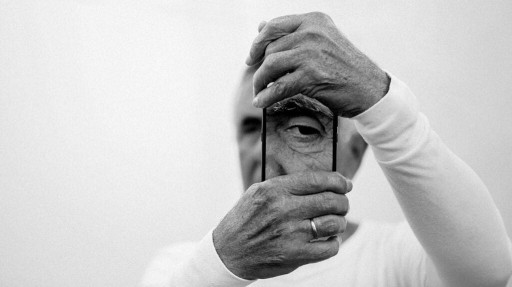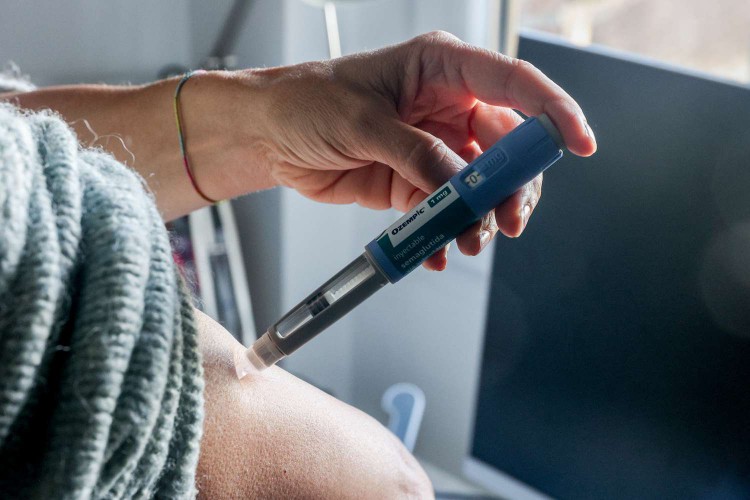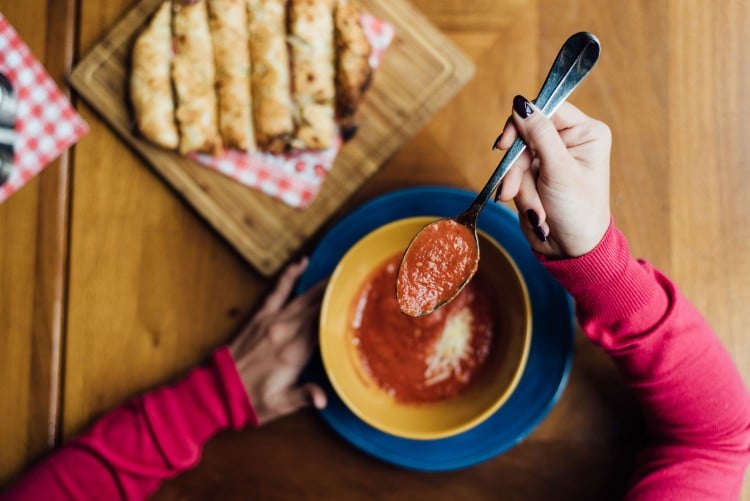
- Obesity is a known risk factor for a number of health concerns and diseases.
- Current noninvasive and invasive treatments for obesity have risks and barriers people may need to overcome.
- The newest treatment for obesity comes from researchers at MIT, who developed an ingestible capsule that vibrates within the stomach.
- The way this capsule works is by tricking the brain into thinking it is full.
As of 2020, about 38% of the world’s population is considered to have obesity or overweight, with that percentage expected to jump to 42% by 2025.
Obesity is a known risk factor for a variety of health concerns, including
Additionally, obesity may increase a person’s chance of developing diseases such as
Although there are treatments available for obesity, some interventions, such as making
To help provide a new option for noninvasive obesity treatment, researchers from the Massachusetts Institute of Technology (MIT) have developed an ingestible capsule that vibrates within the stomach, tricking the brain into thinking it is full.
Information on this new research was recently published in the journal Science Advances.
Finding new noninvasive treatments for obesity
“Traditional interventions, such as invasive surgeries, can be associated with significant risks, costs, and lifestyle modifications, limiting their applicability and effectiveness,” Dr. Srinivasan continued. “Noninvasive methods for treating obesity offer alternatives to invasive procedures, reducing associated risks and costs while improving accessibility for a broader population.”
In developing the ingestible capsule, she explained they wanted to develop a method that relied on the body’s natural signaling mechanisms in a closed-loop fashion.
“We believe that relying on these mechanisms will minimize side effects. Relying on
40% less food intake with the capsule
According to researchers, the ingestible pill is about the size of a multivitamin and is powered by a small silver oxide battery.
Dr. Srinivasan said the ingestible capsule is swallowed about 20 minutes prior to a meal.
“It turns on when it makes contact with gastric fluid in the stomach. It then vibrates and activates the
“We feel satiated, or full, primarily when stretch receptors in the stomach indicate that the stomach is ‘full’ of food. We can activate these stretch receptors with just vibration — even in an empty stomach — thereby ‘tricking’ the stomach into feeling full.”
— Dr. Shriya Srinivasan
Dr. Srinivasan and her team conducted research on how well the ingestible capsule might work via an animal model. They found animals given the pill 20 minutes before eating reduced their food intake by about 40%.
“Given the neurophysiology and metabolic results in the study, we expected the [vibrations] to indeed decrease intake, consistent with the mechanism and physiological principles governing hunger and feeding,” Dr. Srinivasan said.
“However, we were impressed by the level to which it was effective, especially in the swine model as these animals normally have a large appetite. It was a very consistent effect, which supports our hypotheses about the working mechanism,” she said.
An alternative to GLP-1 medications like Ozempic
In addition to the reduced food intake, researchers also found the animals in the study gained weight more slowly during periods when they were treated with the vibrating pill.
“We know that consistent limited intake leads to decreased weight gain,” Dr. Srinivasan said. “Since the [vibrations from the capsule] leads to decreased intake, this tool may be useful to people seeking to minimize their weight gain.”
“For a lot of populations, some of the more effective therapies for obesity are very costly,” Dr. Srinivasan said.
“At scale, our device could be manufactured at a pretty cost-effective price point. I’d love to see how this would transform care and therapy for people in global health settings who may not have access to some of the more sophisticated or expensive options that are available today,” she added.
Natural ways to feel “full”
MNT also spoke with Dr. Mir Ali, a bariatric surgeon and medical director of MemorialCare Surgical Weight Loss Center at Orange Coast Medical Center in Fountain Valley, CA, about this new research.
While Dr. Ali said this is an interesting noninvasive concept, he mentioned some potential hurdles.
“First, the stomach empties within an hour, so the longest this thing would give you that effect would be like an hour,” he detailed. “You can’t keep swallowing one of these every hour, so they have to figure out a way for it to last longer in the stomach. If that’s possible, then that can be an alternative.”
“The other issue is it has batteries and batteries are notorious for causing lots of problems in the GI tract. In fact, when a child swallows a battery, like one of those little button batteries, it’s a surgical emergency. So a patient purposely swallowing batteries is not usually a good idea,” Dr. Ali continued.
He said it is important for researchers to develop new noninvasive obesity treatments because although weight loss surgery has been around for many years and is still the most effective treatment, a lot of patients are apprehensive about it.
“In fact, of the patients that qualify for weight loss surgery, only about 2% or so actually end up having surgery because there’s a lot of fear and misconceptions about surgery, insurance issues, psychosocial issues, and other hurdles to achieving surgery,” he explained.
Dr. Ali also said there are ways people can naturally “trick” their stomach and brain into feeling full to help them lose weight.
“Things that are more dense in calories like proteins will typically make the patient feel full for longer. So we emphasize to the patient to eat more protein and vegetables. Things like carbohydrates and sugars are digested more rapidly, so they typically feel full for a shorter period of time,” he said.
Related pages
Alzheimer’s: Rare vision condition may be an early warning sign
Share on PinterestA new study shows about 94% of people with a rare vision condition known as poster

Can Drugs Like Ozempic, Wegovy Cause Hair Loss, Suicidal Ideation?
GLP-1 drugs such as Ozempic, Wegovy, and Saxenda are currently being reviewed by the FDA over concer

Microbiome reveals new clues about skin aging
Share on PinterestA new study suggests a healthy skin microbiome could help improve signs of skin ag

Risks of Storing Medication in the Bathroom Cabinet
Keeping medication in the bathroom may pose risks to the potency of the medication.This may also res

Statins may lower vein blood clot risk among women on hormone therapy
Share on PinterestResearchers found that adding statin therapy may lower venous thromboembolism risk

Eating More Tomatoes May Help Prevent, Manage High Blood Pressure
A new observational study found that people who ate tomatoes daily had a reduced risk of hypertensio

